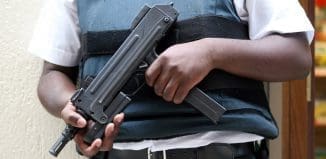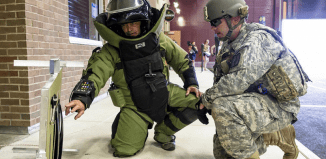The Al Qaeda undetected bomb
This post is also available in:  עברית (Hebrew)
עברית (Hebrew)
 Al Qaeda engineers have been working on designing a sophisticated bomb powerful enough to bring down passenger planes, designed to avoid detection.
Al Qaeda engineers have been working on designing a sophisticated bomb powerful enough to bring down passenger planes, designed to avoid detection.
John Pistole, head of the Transportation Security Administration (TSA), who spoke at the Aspen Security Forum, said that the CIA and other Western intelligence agencies were able to get their hands on the device after a CIA agent infiltrated an al Qaeda cell in Yemen and disrupted a plot to place the device on a U.S.-bound passenger plane on the first anniversary of the killing of Osama bin Laden’s death.
The Los Angeles Times reports that Pistole said Ibrahim Hassan Asiri, a Saudi-born bomb maker, has built the device and the instructed al Qaeda operatives in Yemen – among them the CIA infiltrator – in how to use it.
Asiri – who was described by Pistole as “our greatest threat. All the intel folks here know that is a clear and present danger” — remains at large.
According the HLS News Wire after the CIA had learned the details of the sophisticated bomb Asiri had designed, the agency set in motion an operation to kill him and the few operatives he had instructed about it. The effort was thwarted when the Associated Press learned details of the operation, and refused pleas by the administration to postpone publication of the story until the end of the operation.
The news agency was not persuaded by arguments that infiltrating a tight al Qaeda cell is nearly impossible, and would become even more difficult after the publication of the story, or by the argument that publishing the story before Asiri and his assistant were taken out meant that they would live to place their sophisticated device on another civilian plane another day.
The AP did agree to delay publication by a week to ten days to allow the CIA to extricate the agent and his family from Saudi Arabia to safety before publication.
The U.S. intelligence and law enforcement community were enraged by the leak of the story to AP, and launched an investigation to identify the leaker. The investigation included phone tapping of twenty phone lines at the AP offices in Washington, D.C. and New York.





























